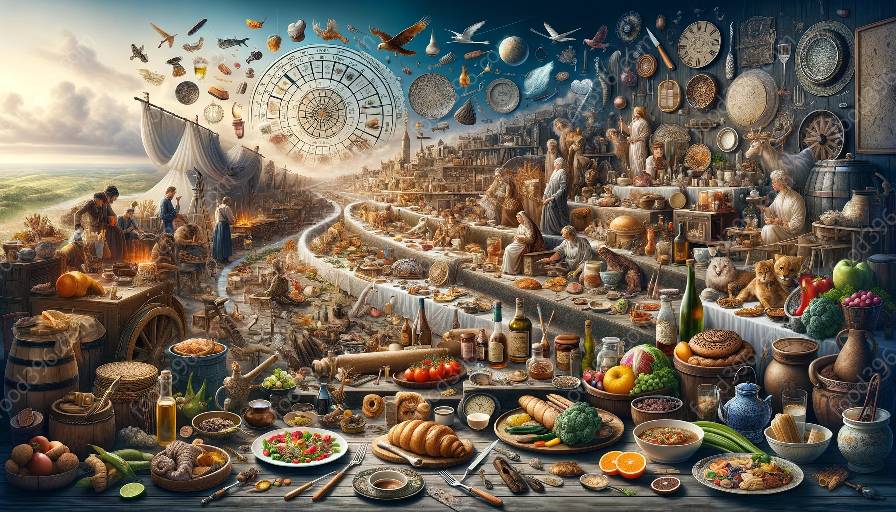Indian street food culture offers a tantalizing and diverse array of flavors and textures that have evolved over centuries, reflecting the rich culinary heritage of the region. The history of Indian cuisine and its street food culture are deeply intertwined, influenced by various cultural and historical factors that have shaped the vibrant and varied street food scene we see today.
Indian Cuisine History
The roots of Indian cuisine can be traced back to ancient civilizations, with influences from various invaders and conquerors such as the Aryans, Persians, Mughals, and British. Over time, the Indian subcontinent became a melting pot of diverse culinary traditions, resulting in a rich tapestry of flavors, spices, and cooking techniques.
Evolution of Indian Street Food
Indian street food has a long and fascinating history, with its origins dating back to ancient times. The concept of street food in India can be attributed to the cultural and economic dynamics of urban centers, where people sought convenient and affordable meals on the go. The diverse geography and climate of India also played a significant role in shaping the street food culture, with each region offering its unique array of flavors and specialties.
Regional Varieties
One of the most remarkable aspects of Indian street food culture is its regional diversity. Every state and city in India has its own distinctive street food specialties, reflecting the local ingredients, traditions, and culinary practices. From the spicy chaat of Delhi to the steaming vada pav of Mumbai and the savory dosas of South India, the street food landscape is a reflection of India's cultural and gastronomic mosaic.
Key Ingredients and Spices
Indian street food is renowned for its bold and aromatic flavors, often attributed to the skillful use of a wide range of spices and herbs. From the pungent tang of black salt to the earthy warmth of cumin and the fiery kick of dried chilies, these spices form the backbone of many street food dishes, adding layers of complexity and depth to the flavors.
Cultural Significance
Street food in India is not just about satisfying hunger; it is deeply entrenched in the social fabric and cultural ethos of the country. It serves as a unifying force, bringing together people from diverse backgrounds to savor the delectable offerings while fostering a sense of community and camaraderie.
Cuisine History
Indian cuisine history is a chronicle of culinary conquests and cross-cultural exchanges that have left an indelible mark on the region's food traditions. The trade routes, invasions, and migrations that have shaped India's history also influenced its culinary heritage, leading to the fusion of indigenous flavors with foreign influences.
Colonial Influences
The colonial period, particularly the British Raj, brought about profound changes in Indian cuisine. Ingredients and cooking techniques from Europe were integrated into traditional Indian dishes, giving rise to new culinary styles and fusions. This era also saw the emergence of cafes and street vendors catering to the evolving tastes of a culturally diverse population.
Modern Trends
Contemporary Indian cuisine reflects a harmonious blend of tradition and innovation. The advent of globalization and increased mobility has facilitated the cross-pollination of culinary ideas, resulting in the adaptation of international flavors and culinary techniques into the tapestry of Indian cuisine. Furthermore, the rise of urbanization has led to the proliferation of street food vendors, contributing to the preservation and evolution of India's rich street food culture.
Conclusion
The street food culture in Indian cuisine is a testament to the country's culinary legacy, offering a sensory journey through its diverse flavors and culinary traditions. As Indian cuisine history continues to evolve, the street food scene remains a vibrant and integral part of the cultural tapestry, reflecting the dynamism and resilience of India's culinary heritage.

